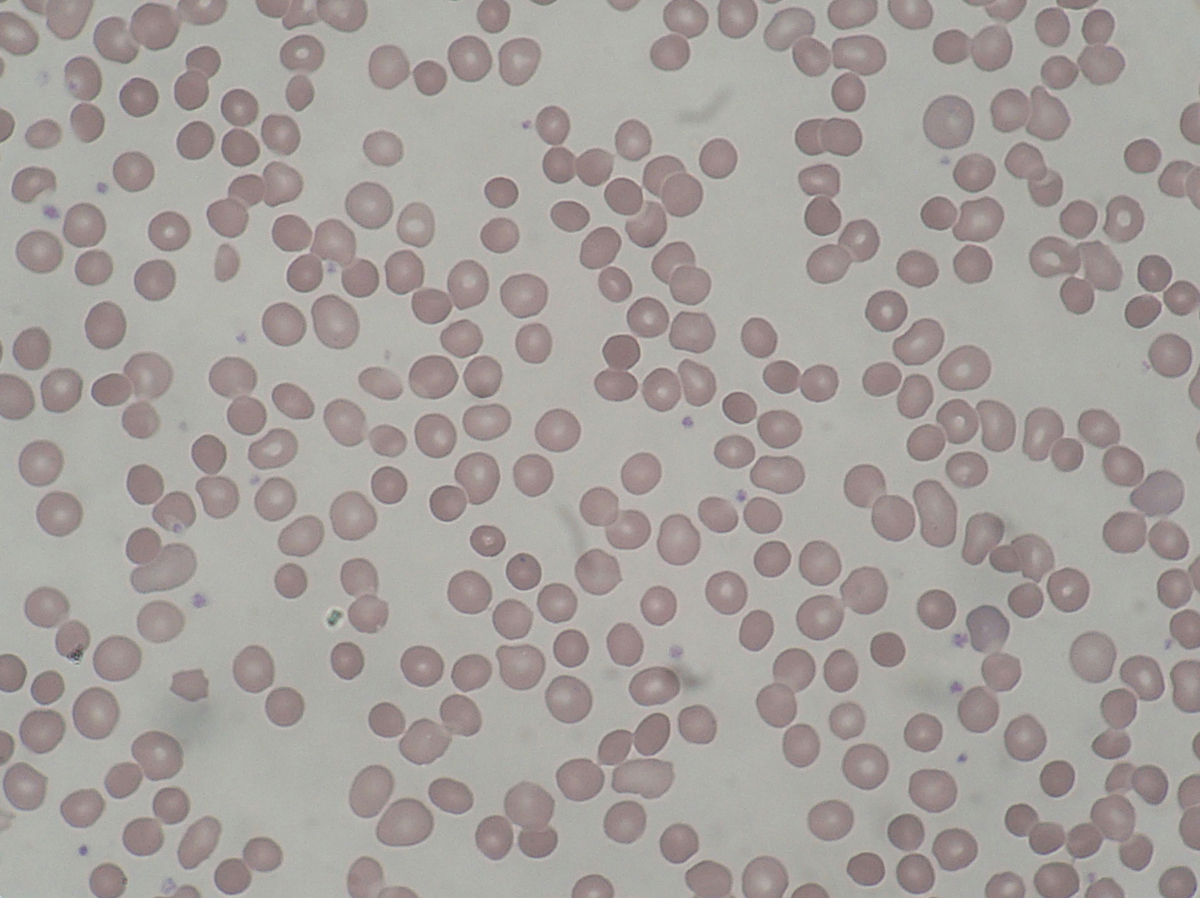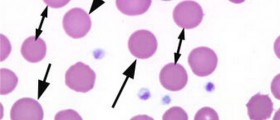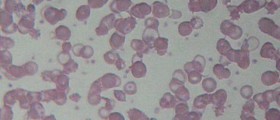
Hereditary Spherocytosis
Hereditary spherocytosis is a hemolytic disorder. This medical condition can be asymptomatic and in some patients it can cause hemolytic anemia. The disease features with abnormally shaped erythrocytes which are prone to hemolysis. Their shape is spherical comparing to healthy red blood cells which are the shape of donuts. The problem originates from abnormal proteins that create the membrane of the red blood cells.
Symptoms of Hereditary Spherocytosis
The symptoms of the disease are connected to increased hemolysis. The patient complains about tiredness, is pale and the jaundice occurs. Jaundice is a consequence of increased amount of bilirubin released from the damaged red blood cells.
Acute forms of the disease are accompanied by hypoxemia and acute kernicterus. This particularly affects infants. Still, the disease can be first diagnosed later in childhood.
Chronic symptoms of the disease include anemia and enlargement of the spleen. Hyperbilirubinemia results in increased accumulation of bilirubin in the gallbladder which can further lead to formation of pigmented gallstones. If these patients are affected by infection the destruction of red blood cells can only accelerate and hemolysis becomes acute.
Medical Care of Patients Suffering from Hereditary Spherocytosis
Generally the treatment for hereditary spherocytosis includes presplenectomy care, surgical removal of the spleen and care of postsplenectomy complications.
Newborn babies who suffer from serious hyperbilirubinemia and are at risk for kernicterus are treated with phototherapy. They sometimes require transfusions. Aplastic crises are always treated with infusions of red blood cells. To maintain proper production of red blood cells patients are given folic acid.
Splenectomy is required in patients whose symptoms cannot be brought under control. Splenectomy may not be efficient in patients who have accessory spleen and in those who have suffered from accidental autotransplantation of splenic tissue somewhere in the peritoneum. This autotransplantation is a potential complication of splenectomy. Splenectomy can additionally fail in case of splenosis and the presence of other hemolytic disorder. Indications for removal of the spleen are not strictly determined. The surgery is usually performed in patients with serious symptoms and complications of the disease.
Splenectomy can be rather efficient in specific variants of hereditary spherocytosis. Further damage of red blood cells can significantly decrease.
There are certain complications which can be expected after splenectomy. Leukocytoses as well as thrombocytosis regularly occur. Sepsis is another complication of splenectomy and it can occur in children.
Surgeons most commonly perform cholecystectomy together with splenectomy, this way reducing the risk of potential complications related to gallstones.
And finally, in some patients only partial splenectomy is performed. This way some of the splenic tissue is preserved to perform its immunologic function.

















Your thoughts on this
Loading...